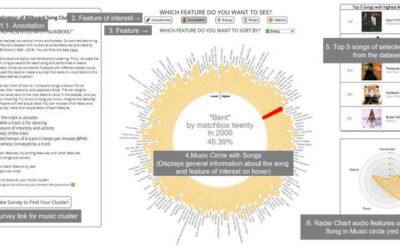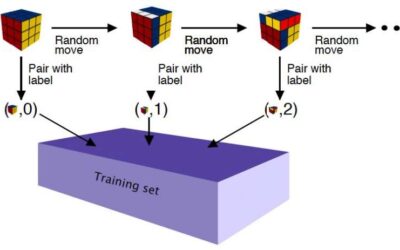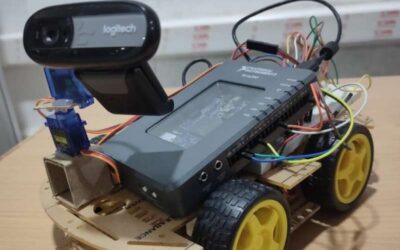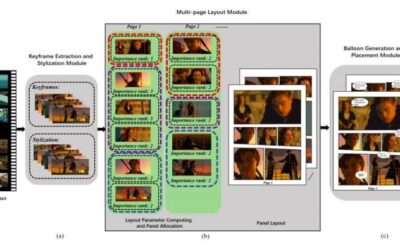Recent technological advancements have enabled the development of new tools to assist people with different types of disabilities, allowing them to move more freely in their surroundings and complete a number of everyday tasks. These include a broad range of smart...
Machine learning & AI
Music Circles: An interactive data visualization tool that helps users discover new music
Today, users can listen to music and discover new artists, songs or albums on a variety of music streaming platforms, including Spotify, Apple Music, Amazon Music Unlimited and more. Many developers have been trying to create tools that could improve these services,...
MeInGame: A deep learning method to create videogame characters that look like real people
In recent years, videogame developers and computer scientists have been trying to devise techniques that can make gaming experiences increasingly immersive, engaging and realistic. These include methods to automatically create videogame characters inspired by real...
An open-source machine learning framework to carry out systematic reviews
When scientists carry out research on a given topic, they often start by reviewing previous study findings. Conducting systematic literature reviews or meta-analyses can be very challenging and time consuming, as there are often huge amounts of research focusing on...
A deep learning technique to solve Rubik’s cube and other problems step-by-step
Colin G. Johnson, an associate professor at the University of Nottingham, recently developed a deep-learning technique that can learn a so-called "fitness function" from a set of sample solutions to a problem. This technique, presented in a paper published in...
Researchers examine how multilingual BERT models encode grammatical features
Over the past few decades, researchers have developed deep neural network-based models that can complete a broad range of tasks. Some of these techniques are specifically designed to process and generate coherent texts in multiple languages, translate texts, answer...
A robot that allows users to virtually navigate remote environments
Two students who graduated from VR Siddartha Engineering College in Kanuru, India, have created a virtual telepresence robot that allows users to see what is happening in a remote location as if they were actually there. Their project, supervised by Professor V.N....
A system that automatically generates comic books from movies and other videos
Over the past few years, computer scientists have created numerous computational techniques that can automatically generate texts, images and other types of data. These models are highly advantageous, particularly for creating data or creative works that are demanding...
HuggieBot 2.0: A soft and human-size robot that hugs users on request
Researchers at the Max Planck Institute for Intelligent Systems (MPI-IS) and ETH Zürich have recently created HuggieBot 2.0, a robot that can hug users at their request. This robot, set to be presented at the ACM/IEEE International Conference on Human-Robot...
A machine learning framework that exploits memristor variability to implement Markov chain Monte Carlo sampling
Memristors, or resistive memory devices (RRAM) are nanometer-sized electronic components that can serve as memories for portable computers and other devices. When they are organized in a cross-bar structure, these tiny memories can be used to perform matrix...










